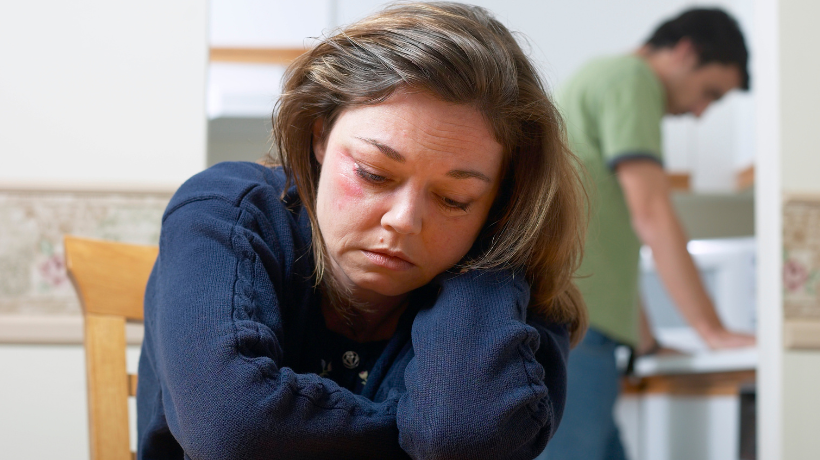
Understanding the Cycle of Dependency in Coercive Control
Understanding the cycle of dependency in coercive control is critical for recognising how abusers maintain power—not just through threats or manipulation, but through emotional, financial, and psychological entrapment. This course explores how seemingly small dependencies accumulate, gradually stripping away a victim’s autonomy, confidence, and ability to leave the relationship.
Dependency isn’t always obvious. It can begin with something as simple as financial support, repeated reassurance, or taking over daily responsibilities. Over time, the abuser becomes the victim’s main—sometimes only—source of stability, validation, and even survival. The more dependent the victim becomes, the harder it is to question the control, let alone walk away.
How the Dependency Cycle Develops
- Isolation from Support – Abusers separate victims from friends, family, and support systems, making them rely solely on the abuser for emotional support.
- Financial Control – Restricting access to finances keeps victims dependent, with no resources to leave.
- Emotional Manipulation and Blame – Abusers make victims feel responsible for their actions, creating guilt and reinforcing dependency.
- Erosion of Self-Worth – By constantly criticising or belittling the victim, the abuser diminishes self-confidence, making the victim feel incapable of independence.
- Creating Fear and Intimidation – Abusers often instil fear of leaving by threatening consequences, trapping victims further in dependency.
Our course at Family Violence Mindset Solutions helps individuals understand these dynamics, empowering them to take steps toward independence and freedom. Learn more about breaking the cycle of dependency.
Regaining Independence Through Awareness
Understanding the dependency cycle is crucial for breaking free from coercive control. Family Violence Mindset Solutions provides resources for reclaiming confidence and rebuilding independence. Contact us for guidance on overcoming coercive control.

The cycle of dependency in coercive control binds victims to their abusers, making it hard to leave. Through manipulation, isolation, and control, abusers create an environment where victims feel unable to function independently. By restricting access to financial resources, limiting social connections, and diminishing self-worth, abusers foster a dependency that leaves victims feeling trapped. Understanding this cycle is essential for breaking free from coercive control and rebuilding independence.
At Family Violence Mindset Solutions, our Coercive Control Course provides insights into how this dependency cycle works and offers tools for regaining control and self-sufficiency.
